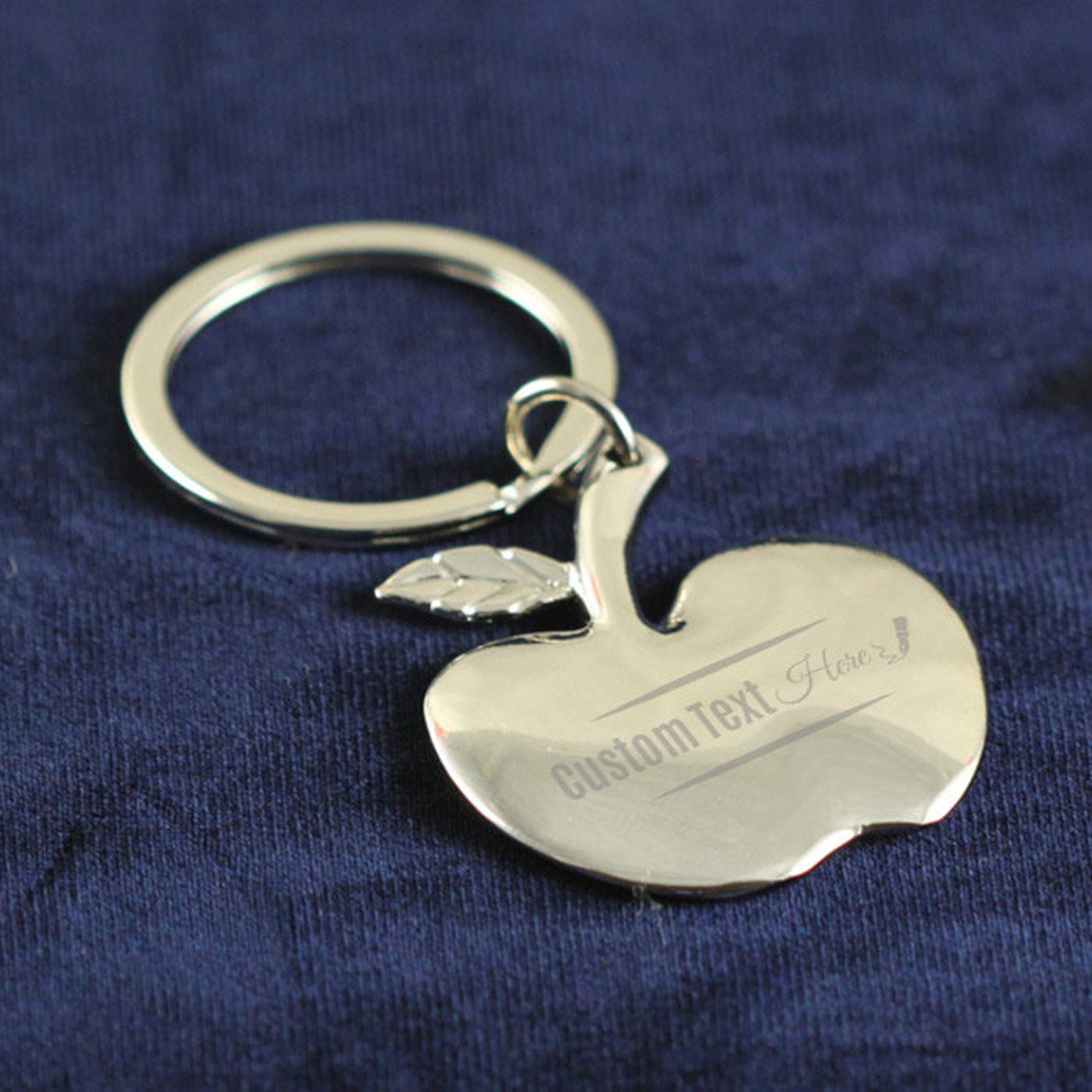

To resolve this problem many password managers are available like LastPass. Because it’s challenging for everyone to memorize the various complex passwords.
#Apple keychain how to#


When you enter a number the first time, Safari prompts you to save it. Store credit card numbers: Credit card numbers work almost the same way as passwords. Clear the prefilled entries, and click in a ‘Username’ field to see your options. If you have more than one set of credentials for a site, no problem. Safari will pop up a list of options for you to choose from.

When you visit a site for which you have multiple credentials, delete the prefilled username and password, and then click in the Username field. Store more than one password per site: iCloud Keychain can store more than one username/password combination per site, too. Safari will suggest a password click or tap it to fill it in and save it in iCloud Keychain.Ĭlick in an empty ‘Password’ field, and Safari will suggest a random password for you. Generate a password: To generate a new, random password for a site on which you’re setting up an account, first make sure the Password field is blank and then click or tap in it. If you manually enter a username and password that wasn’t stored in your iCloud Keychain, a prompt should appear click Save Password to store your credentials for that site. Then, when you visit a site in Safari for which you’ve previously stored a username and password, the fields should be filled in automatically just click or tap the Login (or similar) button to log in. On an iOS device, tap Settings > Safari > Passwords & AutoFill, and enable your preferred categories. To use iCloud Keychain in Safari on a Mac, choose Safari > Preferences, click AutoFill, and make sure all desired categories are selected. When another device asks for permission to use iCloud Keychain, you can click ‘Details’ to the right of the entry for ‘Keychain’, and then enter your password to approve it. On an iOS device, enter your Apple ID password when prompted, and tap Allow. On a Mac, open the iCloud pane of System Preferences, click the Details button next to Keychain, enter your password, and click Allow. Request Approval (iOS) or Approve from Other Device (OS X): Tap or click this button, and a notification will appear on all your other devices that have iCloud Keychain enabled with the same account. Click Not Now if you want to defer that decision.
#Apple keychain mac#
If you don’t already have your Mac set to require a password after a period of inactivity, you’ll be prompted (but not required) to enable that feature in the Security & Privacy pane. In the Advanced view, click Don’t Create Security Code, and your iCloud Keychain will be stored only on your device, though it can still sync between devices if you use one device to approve another. Now here’s the trick to prevent iCloud from storing your passwords, if that’s what you want to do.
#Apple keychain code#
iCloud will warn you if your code is too easy to guess, for example something like “5050.” Pick a four-digit security code to protect your iCloud keychain. You’ll also be prompted to enter a mobile phone number for receiving SMS messages to confirm this code. By default these are four-digit codes to get more options, such as a long random string, click Advanced. You’ll then be prompted to create and confirm an iCloud Security Code. Select the Keychain checkbox, enter your Apple ID password, and click OK. OS X: If you weren’t prompted to set up iCloud Keychain while installing Mavericks, you can do so in the iCloud pane of System Preferences the process is basically the same either way. The process for setting up your first device (whether it be a Mac or an iOS device) differs slightly from the one for setting up subsequent devices, because you must approve every subsequent device to use iCloud Keychain-either by entering a security code that you’ve chosen or by entering your Apple ID password on another device that’s already set up for iCloud Keychain.


 0 kommentar(er)
0 kommentar(er)
